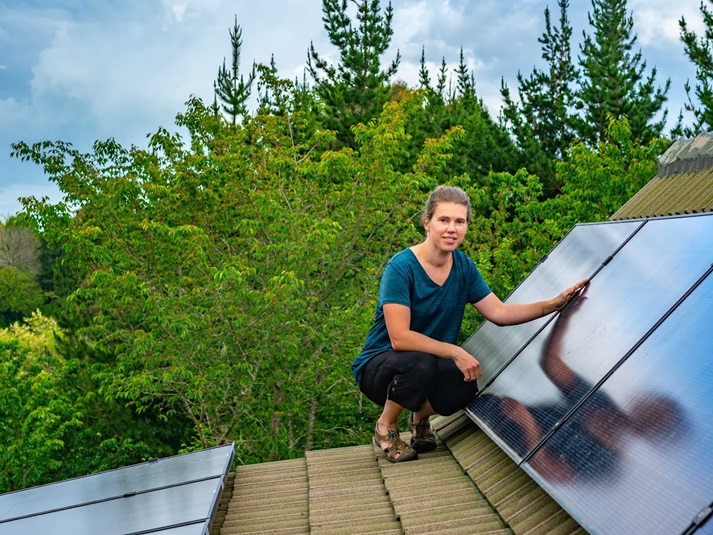This map shows the result of a study to detect rooftop panels in New Zealand. Use the map controls to zoom and move.
Using advanced machine learning techniques (CNN), my co-author and I analysed aerial imagery to detect solar panels, identifying almost 9,000 residential properties with solar installations with a precision of 92% - approximately 1.6% of properties in the analysed areas.
Aerial image tiles and property boundaries were sourced from LINZ. Coverage is limited to areas that had recent (2022-2024) high-resolution (0.1m or better) aerial imagery. Note that Google satellite images are not necessarily as up-to-date as the LINZ images so you might not see a solar panel at every marker.
I also analysed the relationships between solar adoption and property and neighbourhood characteristics.
Key Insights:
- Solar potential: Solar potential is NOT a significant predictor of where household solar is installed, at least within the ranges of this data.
- Wealth and Property Characteristics: Solar panels are more common on larger, newer homes with steel roofs and above-average capital values.
- Building Type and Density: Multi-unit dwellings are less likely to have solar panels, and adoption patterns vary with urban density. Semi-rural properties tend to have lower adoption rates, after controlling for size and improved value.
- Spatial Influence: Solar adoption shows significant spatial correlation, suggesting that solar uptake in one area might influence neighbouring areas, or there are ubobserved local factors involved. For example, solar adoption in Cambridge is above average even outside the subdivision where it is required by covenant.
By visualising these patterns, the map highlights the importance of considering both socio-economic factors and spatial dynamics when planning for or promoting household solar PV systems in New Zealand.
Further Information
The research is in the process of being published in an academic journal. To find out more or to get a pre-print of the paper, please message me on LinkedIn.
